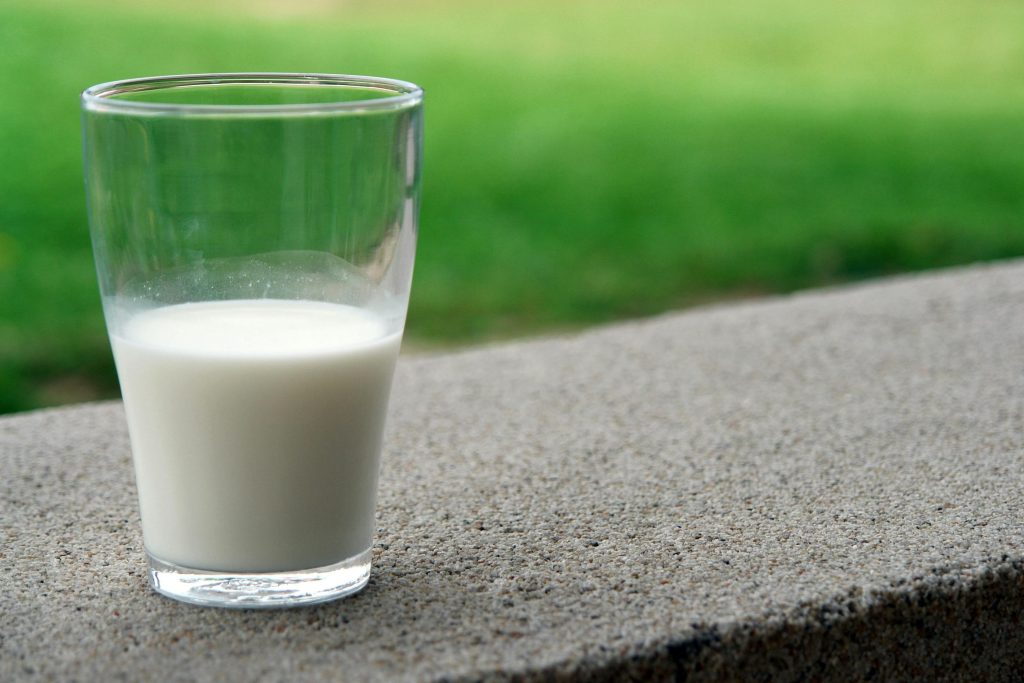All fields are required
Posted in Food Safety,Our Blog on February 3, 2025

Is your glass half empty or half full? It depends on the day here, but I do try to stay positive most days. Lately, an alarming number of people are online purchasing herd shares from people they do not know thinking they are getting a beneficial product for their family when in reality they could be bringing potentially deadly illnesses into their home. Today we look at the myths about raw milk and debunk some common misconceptions that people have about raw vs pasteurized milk products.
The legality of selling raw or unpasteurized milk varies from state to state, leading to some Prohibition-esque raw milk sales in states where it’s illegal (yes, there’s an underground raw milk trade). Advocates eschew the heating process known as pasteurization, which reduces harmful pathogens and helps delay spoilage, and homogenization, which breaks up fat to create an even-textured liquid.
While most raw milk advocates cite mostly unproven health benefits, others argue that the taste is the main draw. Despite warnings from the Food and Drug Administration and Center for Disease Control about the bacterial risks that raw milk poses, there is a devoted and vocal following for milk that hasn’t been treated with these modern techniques.
1. Raw milk is substantially more nutritious
Pasteurization does slightly reduce the level of Vitamin C, however, raw milk is not a significant source of Vitamin C to begin with, according to the CDC. The typical American diet provides plenty of other opportunities to consume needed amounts of Vitamin C.
2. Raw milk is just as safe as pasteurized milk
According to the CDC’s recent study, the rate of disease-related outbreaks from raw milk and raw milk products is 150 times more likely than that of pasteurized milk and milk products.
The raw milk debate has gotten a lot of media attention recently, thanks to a newly released 13-year study from the Center for Disease Control and Prevention (CDC), a raw milk–related outbreak in Pennsylvania and an increasingly loud group of consumers who aren’t down with a little process called pasteurization.
The legality of selling raw or unpasteurized milk varies from state to state, leading to some Prohibition-esque raw milk sales in states where it’s illegal (yes, there’s an underground raw milk trade). Advocates eschew the heating process known as pasteurization, which reduces harmful pathogens and helps delay spoilage, and homogenization, which breaks up fat to create an even-textured liquid.
While most raw milk advocates cite mostly unproven health benefits, others argue that the taste is the main draw. Despite warnings from the Food and Drug Administration and Center for Disease Control about the bacterial risks that raw milk poses, there is a devoted and vocal following for milk that hasn’t been treated with these modern techniques.
To help sort through the debate, below are 10 myths and facts about unpasteurized milk. (And yes, raw milk proponents, you’re welcome to fire away in the comments.)
Myths
1. Raw milk is substantially more nutritious
Pasteurization does slightly reduce the level of Vitamin C, however, raw milk is not a significant source of Vitamin C to begin with, according to the CDC. The typical American diet provides plenty of other opportunities to consume needed amounts of Vitamin C.
2. Raw milk is just as safe as pasteurized milk
According to the CDC’s recent study, the rate of disease-related outbreaks from raw milk and raw milk products is 150 times more likely than that of pasteurized milk and milk products.
3. Raw milk kills pathogens naturally
Only the process of pasteurization kills the dangerous bacteria found in unpasteurized milk. Raw milk’s natural enzymes do not reduce the risk of food-borne illness.
4. Drinking pasteurized milk can cause lactose intolerance
Both raw milk and pasteurized milk contain the same concentration of lactose and do not affect a person’s ability to consume lactose. The cause of lactose intolerance is a lack of the enzyme beta-galactosidase.
5. Raw milk is safer and more nutritious for children
The CDC’s report noted that 60 percent of the victims of raw milk–related outbreaks were under the age of 20 and that children were more likely to become sick than adults.
For more content related to raw milk keep an eye on Make Food Safe as we update the blog daily with lots of food safety content.